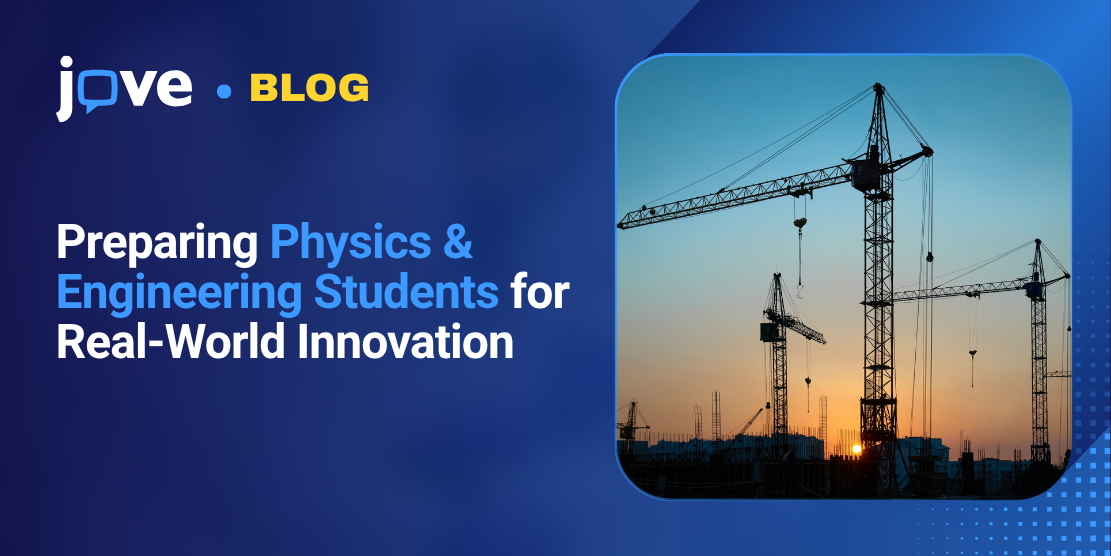Do you remember your first physics or engineering class?
For many, it starts with a board or textbook filled with equations, promising to unlock the secrets of the universe. But those secrets often remain hidden, as students struggle to connect complex formulas with the flow of rivers and air currents, the forces that shape bridges and skyscrapers, or the electronics that power modern life.
Barriers to Practical Learning
Students may solve physics or engineering problems correctly in class, yet still struggle to see how the same principles apply to real systems.
One reason is limited access. Engineering labs rely on specialized tools such as wind tunnels, tensile testers, or fabrication systems that are not always available for teaching. Physics experiments may involve conditions that are unsafe (like high voltages) or too costly to reproduce at scale. As a result, many courses offer only minimal hands-on experience.
Why Visualizing Counts in Physics & Engineering
Physics and engineering often deal with processes that are too fast, too small, or too complex for students to observe directly. Without ways to visualize these systems, equations easily remain abstract, and students struggle to connect symbols on paper with real-world phenomena.
In Action: Practical Faculty Uses
Instructors have developed practical ways to use visualization to prepare students for class and lab.
These approaches show how visualization can support learning at every stage: clarifying abstract principles during lectures, preparing students for complex lab work, and helping them interpret results afterward.
Dr. Ian Kaniu from the University of Nairobi has also noted how visual storytelling supports students who come from non-physics backgrounds. According to his experience, videos help demystify abstract ideas, keep learners engaged, and standardize the learning experience even when access to labs is limited.
Prepping Students for Real-World Innovation
Concepts like stress-strain, thermodynamics, and circuit design underpin technologies from renewable energy systems to biomedical devices, while the same physics fundamentals fuel advances in nanotechnology, materials science, and computational modeling. When students see these connections, they begin to understand that equations are not just exam material but the foundation of real-world innovation, preparing them with the skills needed to move confidently into research and industry.
A video on thermodynamics, for example, can illustrate how energy transfer principles are applied in power plant design or in developing efficient refrigeration systems. A demonstration of stress-strain testing shows why material choice determines the safety of bridges and aircraft. Faculty can also point students toward real-world research demonstrations to highlight how classroom concepts extend into real-world practice.
Final Thoughts
Helping students see physics and engineering in action changes how they learn. Instead of treating formulas as isolated exercises, they start to recognize their role in shaping technologies and solving real problems. For instructors, this creates space to focus less on setup and explanation and more on guiding students toward deeper analysis and innovation. For students, it means gaining the confidence and future-ready skills to become the next biomedical engineer, particle physicist, or innovator in sustainable technology.


.gif?width=700&height=377&name=chrome-capture-2025-10-03%20(2).gif)

.gif?width=700&height=378&name=chrome-capture-2025-10-03%20(1).gif)
.gif?width=700&height=378&name=chrome-capture-2025-10-03%20(4).gif)
.gif?width=700&height=377&name=chrome-capture-2025-10-03%20(5).gif)